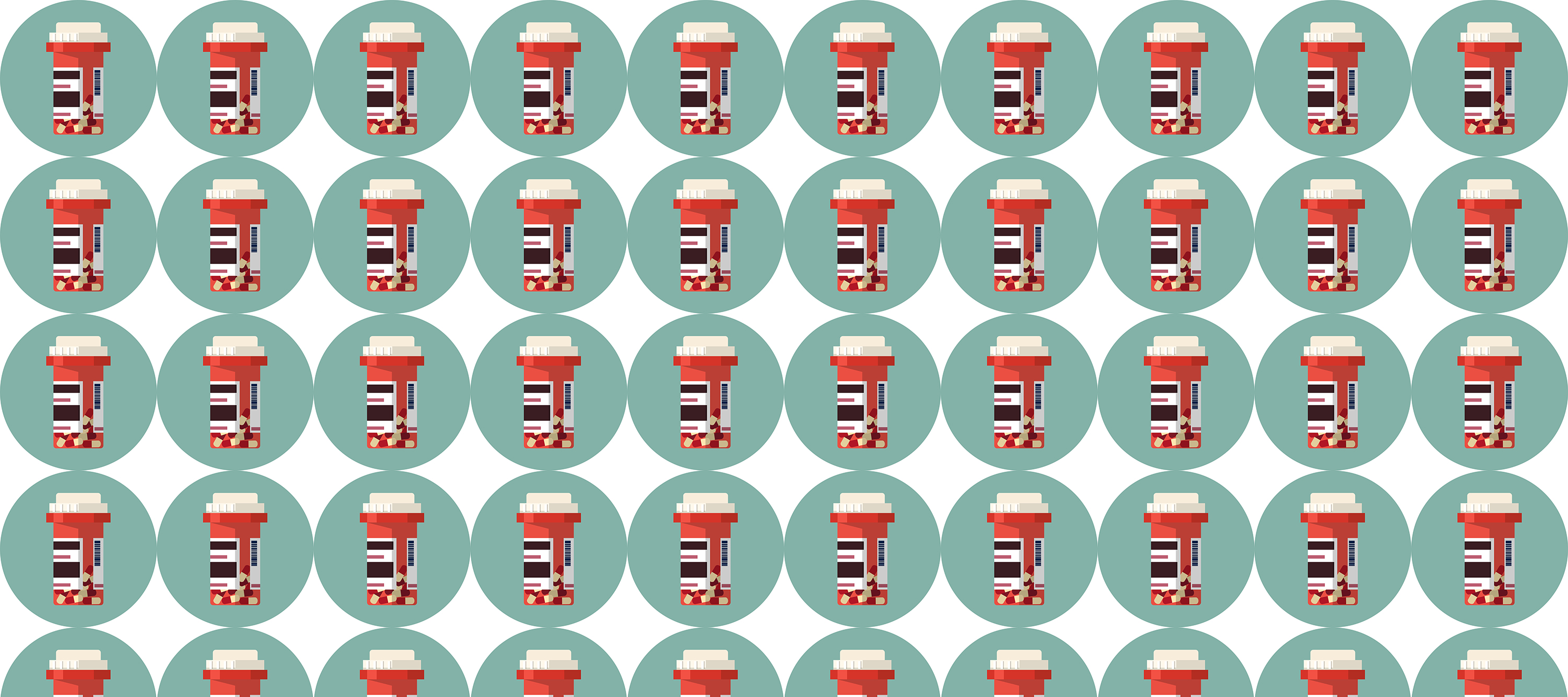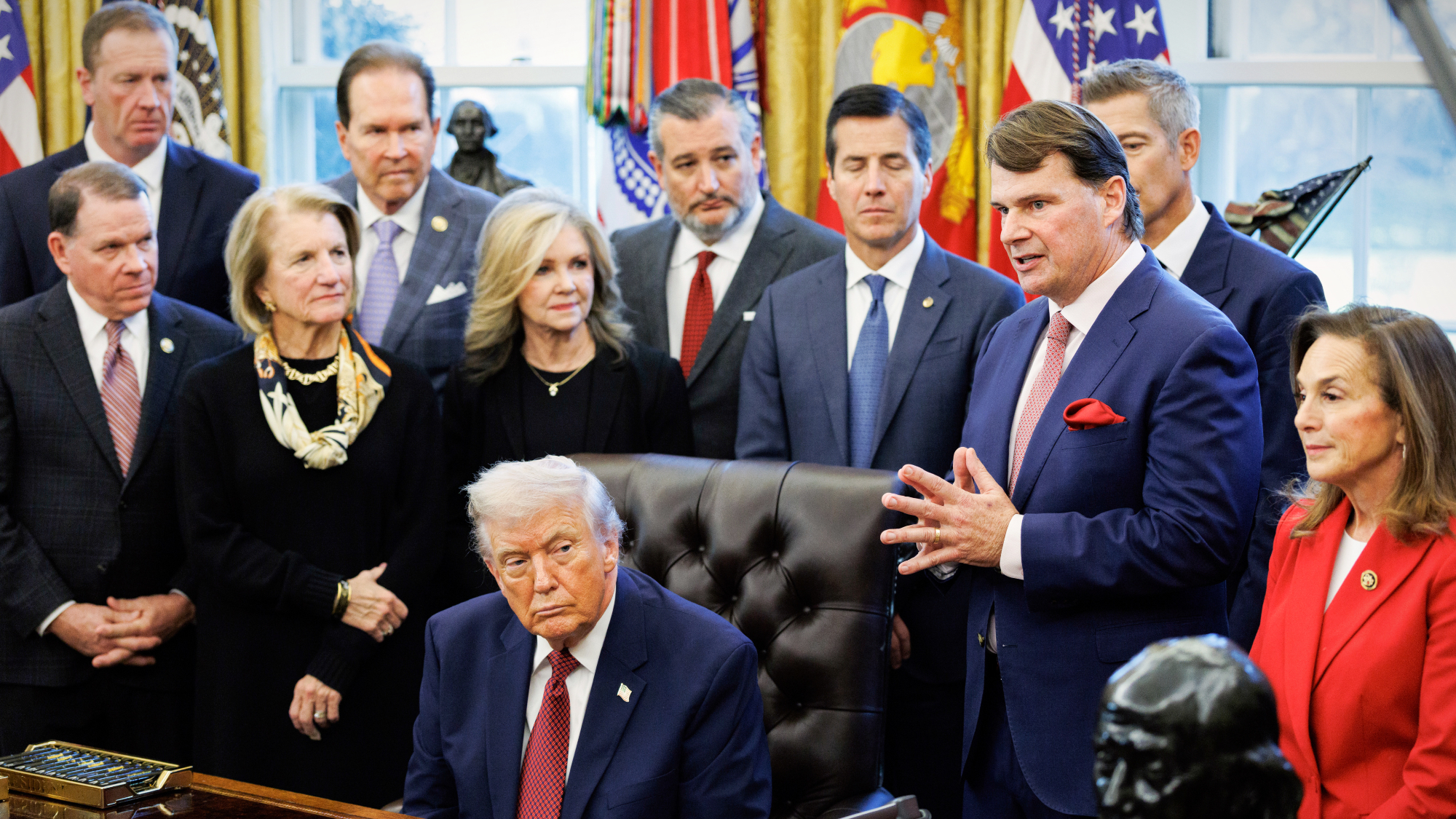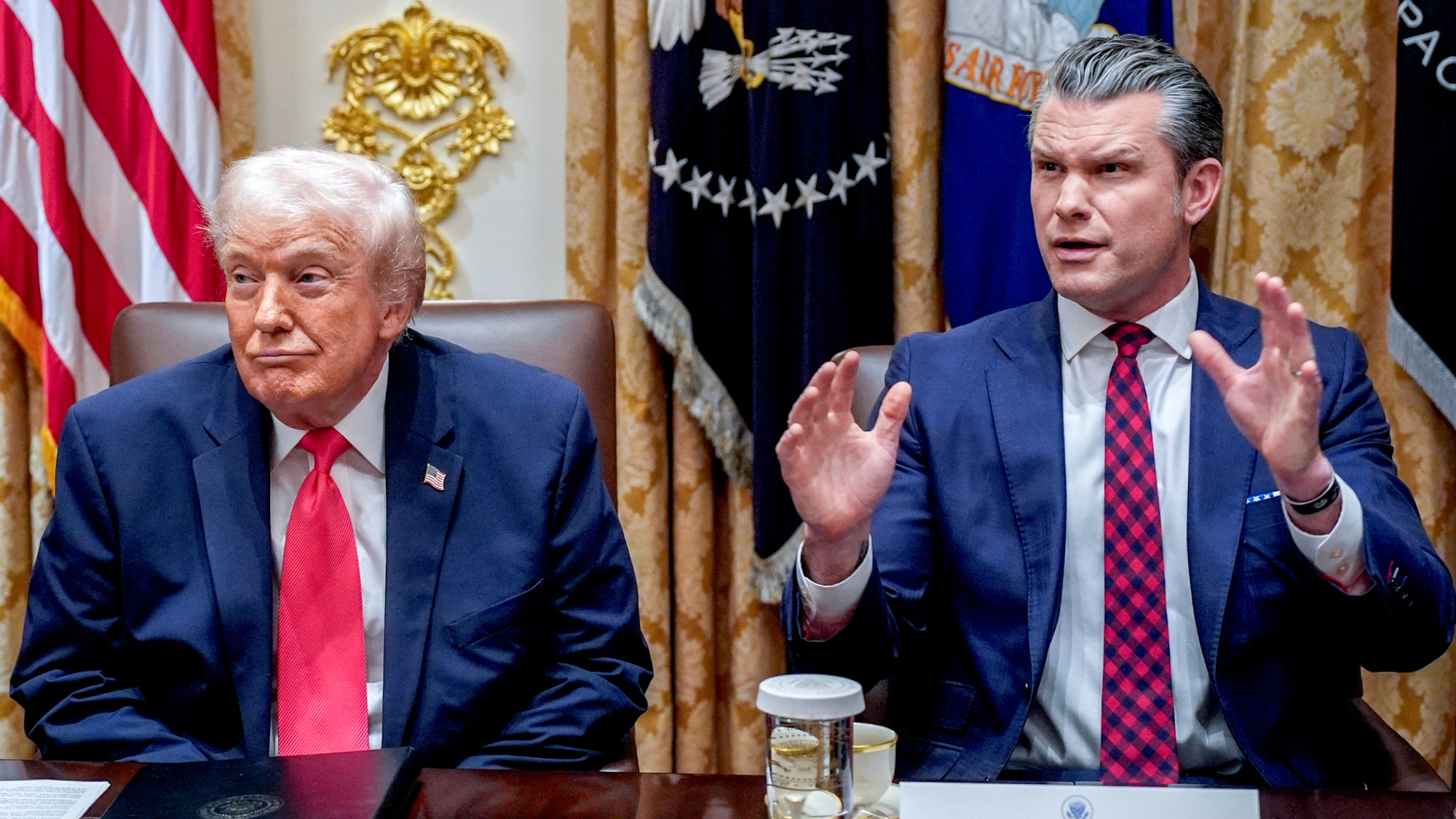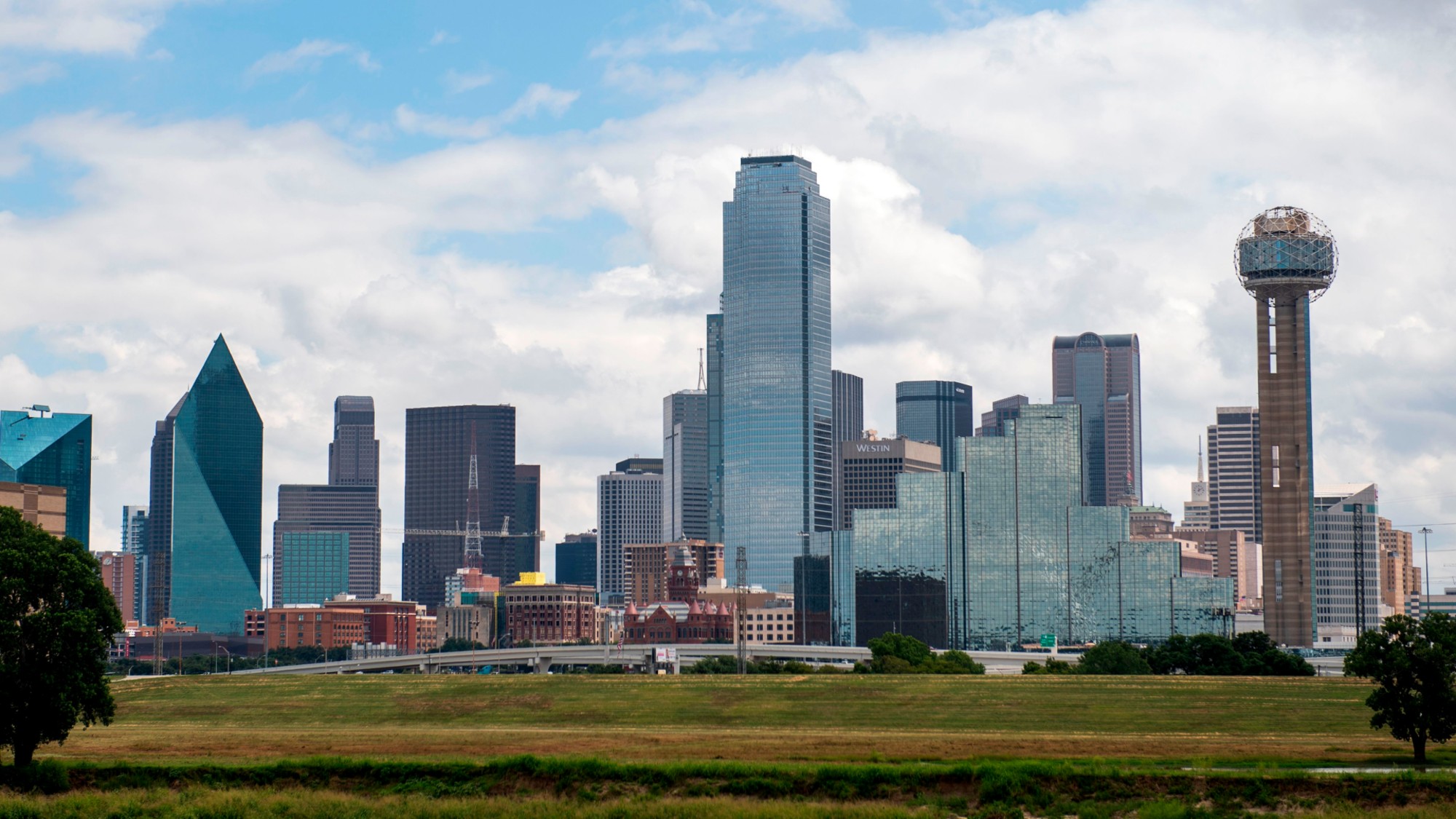America's painkiller epidemic, explained
By freely doling out prescription painkillers, doctors have fueled a crisis of addiction and deadly overdoses

By freely doling out prescription painkillers, doctors have fueled a crisis of addiction and deadly overdoses. Here's everything you need to know:
How many people are dying?
A record 47,000 Americans fatally overdosed in 2014, a 7 percent increase over the previous year. That's about 1.5 times as many as died in car crashes or in gun violence. This epidemic isn't being driven by illicit drugs, but by a surge in the use of prescription opioid painkillers. Nearly 1.9 million Americans now abuse or are dependent on legal opioids, according to government statistics. And last year 19,000 people fatally overdosed on prescription painkillers — up 16 percent from 2013. Addiction experts say doctors have fueled this crisis by recommending that patients with even minor ailments and aches take highly addictive opioids like Vicodin, Percocet, and OxyContin. Physicians wrote 259 million opioid prescriptions in 2012, triple the number two decades ago and enough to provide every adult in the country with a bottle of these pills. "We have now this incredibly unusual public health crisis," says substance-abuse expert Meldon Kahan, "that's essentially caused by physicians."
The Week
Escape your echo chamber. Get the facts behind the news, plus analysis from multiple perspectives.

Sign up for The Week's Free Newsletters
From our morning news briefing to a weekly Good News Newsletter, get the best of The Week delivered directly to your inbox.
From our morning news briefing to a weekly Good News Newsletter, get the best of The Week delivered directly to your inbox.
Why do doctors prescribe opioids?
Opium poppy–based drugs are one of the world's oldest numbing painkillers. Laudanum has been used as an analgesic since the 1500s, and heroin was sold in the U.S. to treat menstrual pain until the 1920s, when Congress banned the drug because of its highly addictive qualities. When semisynthetic opioids like oxycodone and hydrocodone — found in Percocet and Vicodin respectively — were first approved in the mid–20th century, they were recommended only for managing pain during terminal illnesses such as cancer, or for acute short-term pain, like recovery from surgery, to ensure patients wouldn't get addicted. But in the 1990s, doctors came under increasing pressure to use opioids to treat the millions of Americans suffering from chronic nonmalignant conditions, like back pain and osteoarthritis. Influential New York–based pain specialist Dr. Russell Portenoy helped lead the campaign: He claimed prescription opioids were a "gift from nature," and assured his fellow doctors — based on a 1986 study of only 38 patients — that fewer than 1 percent of long-term users became addicted. Purdue Pharma, a major pharmaceutical company, made similar claims.
Why did Purdue say that?
It was marketing a new, powerful time-release opioid: OxyContin. When OxyContin went on sale in 1996, Purdue launched a "promotional campaign unlike [anything] we have ever really seen," says opioid abuse expert Dr. Andrew Kolodny. The company gave doctors 34,000 coupons for free OxyContin prescriptions, bombarded them with branded stuffed toys and coffee mugs, and aggressively promoted the idea that the new drug, which is stronger than morphine, was both safe and highly effective. "Drug reps were going to family-care doctors and insisting that OxyContin had no real risks — only benefits," says Kolodny. Purdue pleaded guilty in 2007 to criminal charges that it misled regulators, doctors, and patients about OxyContin's addictive qualities. But by that point, hundreds of thousands of Americans were hooked.
A free daily email with the biggest news stories of the day – and the best features from TheWeek.com
Why are opioids so dangerous?
Opioids produce a powerful sense of euphoria in many users that leaves them feeling numb and carefree. But the journal American Family Physician notes that as little as two weeks of opioid treatment can produce drug tolerance in some patients, meaning they need larger doses to get the same effect. The cycle of craving and tolerance can have deadly consequences. In large doses, prescription painkillers can slow down the respiratory system so much that the person stops breathing. Painkiller users also often mix opioids with other substances that can raise the risk of an overdose: The Centers for Disease Control and Prevention found that 31 percent of prescription painkiller deaths in 2011 involved anti-anxiety sedatives such as Valium or Xanax.
What's being done to help?
Authorities have cracked down on so-called pill mills — clinics that make a fortune out of mass-prescribing opioids. But studies show that it is family doctors and internists who write the vast majority of opioid prescriptions. Most states have now set up databases that keep track of who has received prescriptions for addictive painkillers, so physicians can check if a patient is "doctor shopping" and getting pills at multiple locations. The Obama administration is also seeking $1.1 billion in funding to increase opioid-prescribing training and to give addicts better access to medication-assisted treatment. But by making opioids harder to get legally, authorities will inevitably push some addicts toward heroin. (See below.)
How can doctors stem the epidemic?
They could write fewer prescriptions, or at least stop providing opioids to people who have already overdosed. A recent study found that 91 percent of people who had suffered a nonfatal overdose on opioids got another painkiller prescription soon after. In 70 percent of the cases, the physician who wrote the refill prescription also wrote the prescription before the overdose. But if doctors do cut back on opioid prescriptions, one big problem remains: the 100 million Americans who say they suffer from chronic pain, and are desperate for relief. "What are you going to do with a 40-year-old truck driver who has chronic back pain and takes OxyContin without problems so he can work?" drug addiction expert David Courtwright told Pacific Standard. "The problem is that, for some, opioids are just fine, and for others, they will ruin their lives and possibly kill them. Essentially, we are playing Russian roulette with prescriptions."
Opioids: A gateway to heroin
The crackdown on opioid prescriptions has had a deadly unintended consequence: It has made heroin more popular. As regulation of prescription painkillers has tightened and pill mills have been shut down, an increasing number of addicts have been driven to look for opioids on the black market — and then, inevitably, for heroin, which at $5 a bag is much cheaper than a $40 pill. "People eventually say, 'Why am I paying $1 per milligram for Oxy when for a tenth of the price I can get an equivalent dose of heroin?'" says addiction specialist Dr. Jason Jerry. The consequences of heroin's newfound popularity are predictably grim: While annual deaths from opioid painkillers slowly increased between 2010 and 2014, rising from 16,000 to 19,000, heroin-related deaths in the same period rocketed from 3,000 to nearly 11,000 a year. Four out of five of those heroin addicts were hooked on opioids first.
-
 Trump boosts gas cars in fuel economy rollback
Trump boosts gas cars in fuel economy rollbackspeed read Watering down fuel efficiency standards is another blow to former President Biden’s effort to boost electric vehicles
-
 Hegseth’s Signal chat put troops in peril, probe finds
Hegseth’s Signal chat put troops in peril, probe findsSpeed Read The defense secretary risked the lives of military personnel and violated Pentagon rules, says new report
-
 Texas is trying to become America’s next financial hub
Texas is trying to become America’s next financial hubIn the Spotlight The Lone Star State could soon have three major stock exchanges